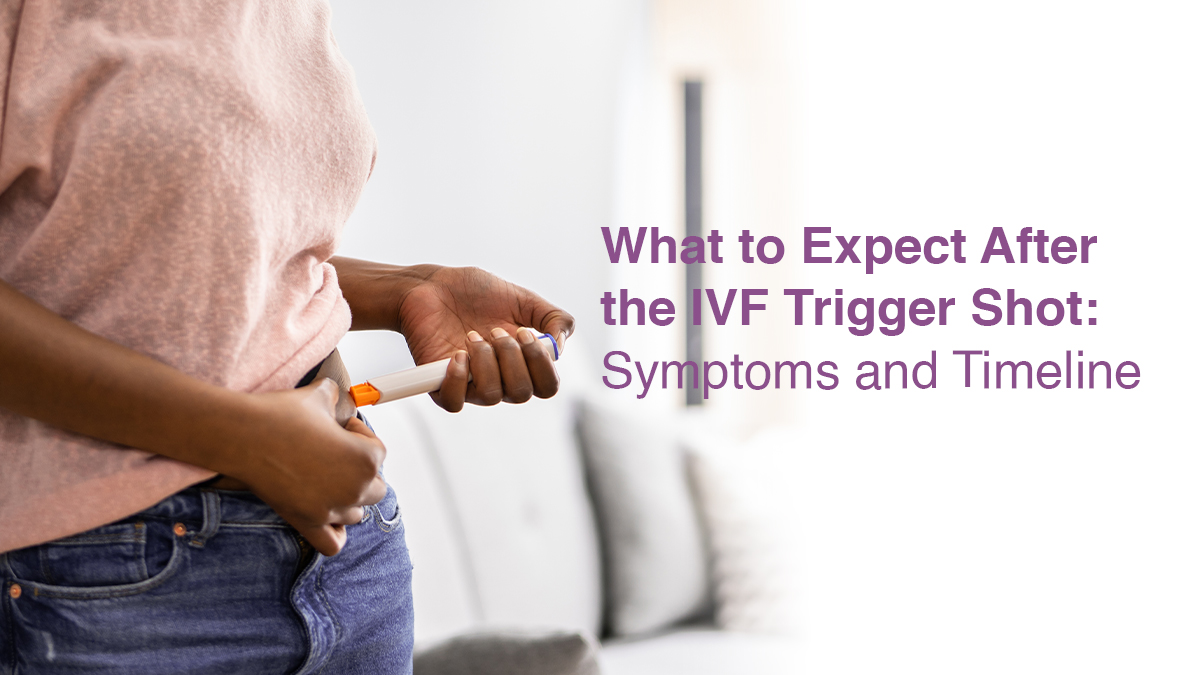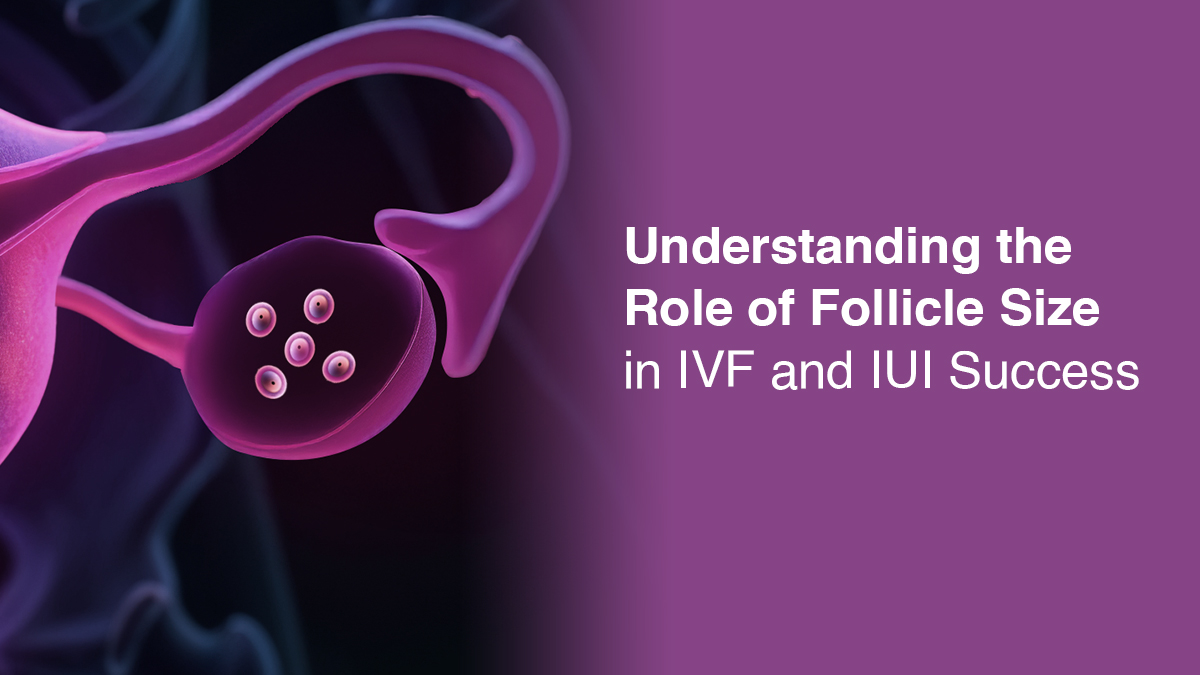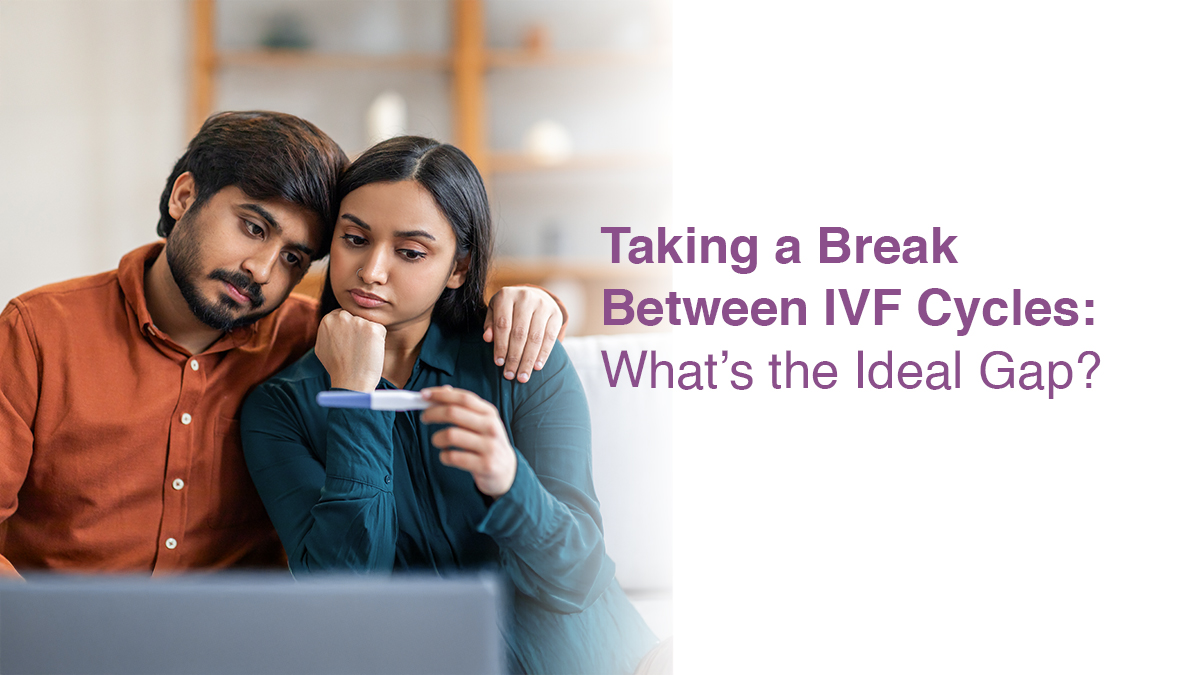
A Comprehensive Guide to In Vivo Fertilisation

For some couples, the journey to parenthood can seem daunting. Even if you have been struggling to conceive, don’t feel disheartened. With advancements in medical science, you can still fulfil your dream of having a baby. In vivo fertilisation, an Assisted Reproductive Technology (ART), uses the latest technology to make this happen. This technique has a higher success rate than in vitro fertilisation and has been a beacon of hope for many couples like you.
Read on to learn about this method, how it is performed, its advantages, and more.
What is In Vivo Fertilisation?
The in vivo fertilisation process involves fertilising a mature egg inside the female reproductive tract. The process recreates natural fertilisation that happens inside a woman’s body. This makes it a brilliant method to increase the success rate of conception. It is chosen by couples who wish to conceive naturally.
Popular types of in vivo fertilisation are:
- Intrauterine Insemination (IUI): Here, a concentrated quantity of sperms is placed directly into a woman’s womb to increase the chances of fertilisation.
- Ovulation Induction with Timed Intercourse (OITI): This treatment involves making use of medicines to stimulate ovulation and timing intercourse to coincide with the release of the egg to raise the odds of conception.
Who is Eligible for In Vivo Fertilisation?
In vivo fertilisation is often recommended to:
- Women who are more than 35 years old and have had difficulty conceiving naturally for at least 6 months or younger women who have been trying for 1 year
- Women with damaged or blocked fallopian tubes
- Women with endometriosis
- Men with sperm-related concerns like low sperm count
- Women with ovarian conditions like polycystic ovarian syndrome (PCOS)
- Women with uterine fibroids or other conditions of the uterus
- Men or women at risk of passing on a genetic condition
- Couples who need a gestational surrogate or an egg donor
How is In Vivo Fertilisation Performed?
In vivo fertilisation involves the following steps, each of which plays a vital role in the successful fertilisation and conception:
- Tracking ovulation: The ovulation cycle of the female partner is monitored using cutting-edge imaging methods. This helps identify the right window of fertility for in vivo fertilisation.
- Optimised sperm: A sperm sample is collected from the male partner. It is prepared carefully to improve its motility and viability. Following this, it is introduced into the woman’s fallopian tubes.
- Strategic introduction: The prepared sperm is introduced into the woman’s reproductive tract at the best time in the ovulation cycle. This accurate timing increases the chances of successful fertilisation.
- Fertilisation: The prepared sperm meets the mature egg in the fallopian tube, which is exactly the environment for natural fertilisation. After successful fertilisation, an embryo is formed.
- Embryo migration: The fertilised embryo migrates from the fallopian tubes to the uterus to prepare for implantation.
- Implantation and Pregnancy: Once the embryo gets implanted in the uterine lining, it leads to a successful pregnancy. The embryo gradually develops into a healthy baby.
Advantages of In Vivo Fertilisation
Here are the various advantages of in vivo fertilisation:
- High success rates: This method replicates the natural environment of fertilisation and harnesses the innate synergy between sperms and eggs, which increases the chances of successful fertilisation.
- Minimal laboratory manipulation: This kind of fertilisation involves minimal lab manipulation of eggs and embryos.
- Low risk of multiple pregnancies: Since fewer embryos are transferred, this technique significantly reduces the risks of multiple pregnancies.
- Promising prospect: According to clinical studies and preliminary research, in vivo fertilisation can address certain types of infertility.
Difference Between In Vivo Fertilisation and In Vitro Fertilisation
Here’s a look at the differences between in vitro and in vivo fertilisation:
| In Vivo Fertilisation | In Vitro Fertilisation |
| “In vivo” means inside the body. | “In vitro” means outside the body. |
| It involves the fusion of the egg and sperm inside a woman’s uterus. | In this method, the sperm and the egg are fused artificially in an advanced IVF laboratory. |
| In this technique, the sperm is released into the woman’s reproductive tract and the embryo develops inside her womb. | In this technique, the sperm and egg are extracted. |
| It mimics natural fertilisation and needs just one egg from a single egg follicle to create an embryo. | This technique involves providing fertility medication to manage the timing of the egg maturing. The ovaries are stimulated to help them grow and ripen multiple egg follicles. After monitoring egg development with ultrasound tests, the egg is retrieved using the transvaginal aspiration method. The needed quantity of sperm is obtained from the semen sample. A skilled embryologist places a sperm into an egg in the lab using advanced equipment. The fused sperm and eggs are contained in incubators under suitable conditions to help them fertilise successfully. Five days after retrieval, the embryos are moved to the womb. |
| It requires very few gametes. | Several gametes are needed. |
| As the fertilised egg remains protected within the uterine layers, the embryo has a higher survival rate. | The survival rate of the embryos depends largely on age, fertility issues, and the professional advice you get. |
| Most women who undergo the in vivo fertilisation process, have a single offspring. Cases of conceiving twins, triplets or more are few. | This method has a higher chance of multiple pregnancies as it involves transferring more than one embryo. |
Conclusion
If you wish to know more about in vivo fertilisation, visit your nearest Oasis Fertility Clinic and consult with our experienced fertility experts. You can also live chat or call 1800-3001-1000 to get immediate assistance.


fill up the form to get a
Free Consultation
Avail 0% interest on EMI
All Procedures | No Upper Limit
Frequently Asked Questions
What is the difference between in vivo and in vitro fertilization?
Is ICSI performed in in vivo fertilization?
What is the success rate of in vivo fertilization?
How we reviewed this article:
- Current Version
- March 19, 2025 by Oasis Fertility
https://www.novaivffertility.com/fertility-help/in-vivo-and-in-vitro-fertilization
https://www.indiraivf.com/blog/in-vivo-fertilization
https://www.healthline.com/health/in-vivo-vs-in-vitro
https://study.com/academy/lesson/in-vivo-fertilization-definition-process.html





